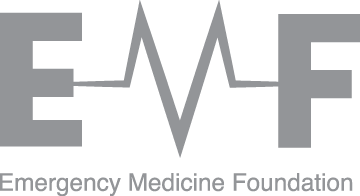Tissue Doppler Evaluation of Diastolic Dysfunction in Emergency Department Acute Coronary Syndromes: The TEDDy-ED pilot study.
Grant ID: EMSS000617
Project Summary
Chest pain is a common reason for presentation to the emergency department and admission to hospital. Even when this chest pain is due to acute coronary syndrome (heart attack), it is not always clear how dangerous this might be. Australian guidelines propose a number of features that help judge severity and guide treatment. However, there is increasing evidence that impaired heart relaxation is an early sign of heart attack. This can be diagnosed using ultrasound and might be a very sensitive test to identify patients in danger.
This project aims to perform detailed ultrasound assessment of heart relaxation and filling, so we may grade the level of risk in emergency department patients admitted to hospital with suspected heart attack. Comparison will be made with common laboratory tests including troponin and b-type natriuretic peptide (BNP).
Outcomes
In this pilot, the researchers found there was a potential cost saving in using tissue Doppler imaging as a diagnostic tool for triaging patients within 4 hours of Emergency Department presentation with suspected non-ST elevation acute coronary syndrome (NSTEACS). They found a saving of about $A1090 per patient compared with conventional care. The results are mainly driven by the assumed reduction in length of stay due to the inclusion of early tissue Doppler imaging in clinical decision-making.
Findings assume a reduction in hospital stay is achieved for patients considered to be high risk at TDI. Larger, comparative studies with longer follow-up are needed to confirm the clinical effectiveness of TDI as a diagnostic strategy for NSTEACS, the assumed reduction in hospital stay and any cost saving.
Dissemination
Gc, V.S., Alshurafa, M., Sturgess, D.J., Ting, J., Gregory, K., Gonçalves, A.S.O. and Whitty, J.A., 2019. Cost-minimisation analysis alongside a pilot study of early tissue Doppler evaluation of diastolic dysfunction in emergency department non-ST elevation acute coronary syndromes (TEDDy-NSTEACS). BMJ open, 9(5), p.e023920.
SHARE



